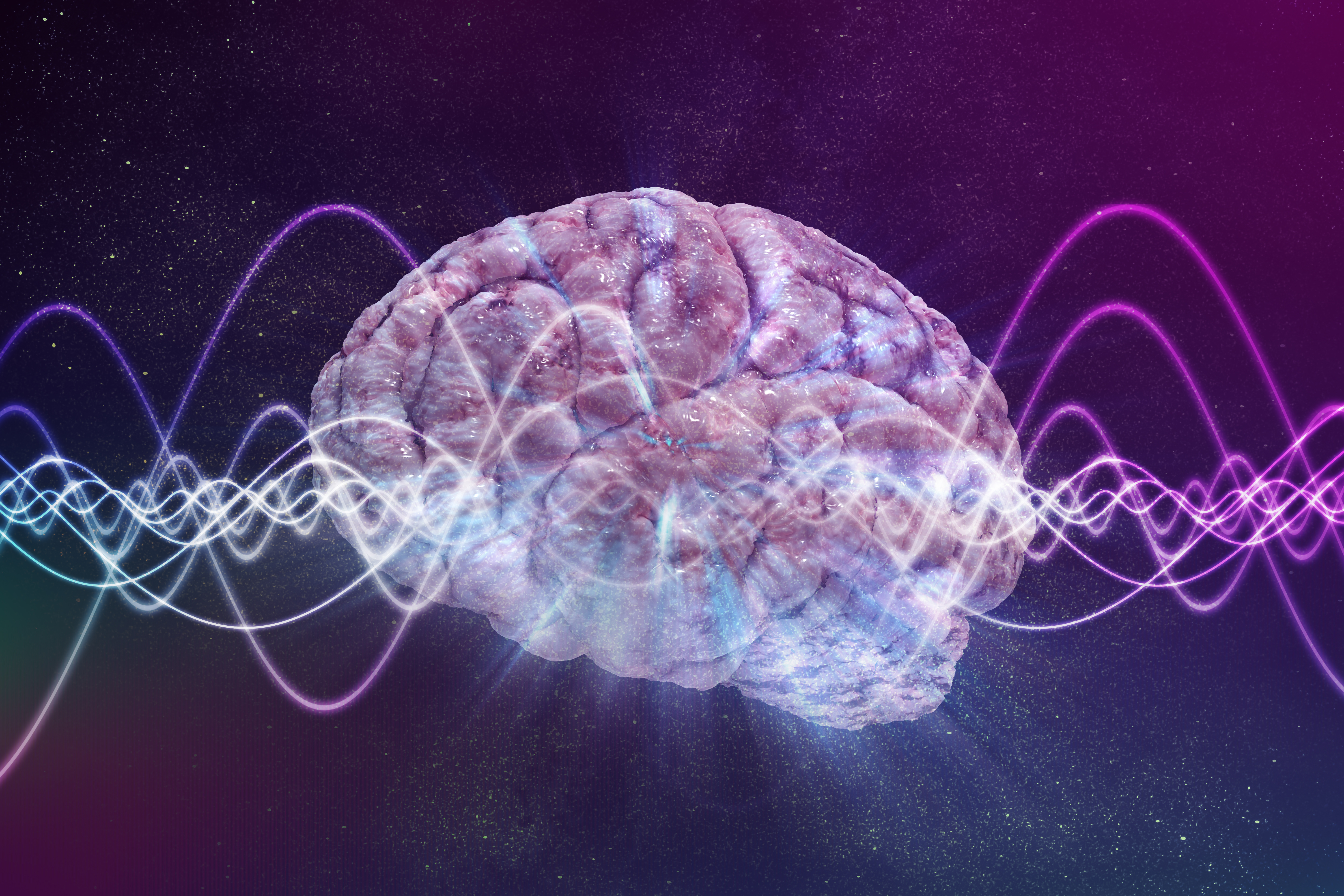Rats Moved VR Objects Using Only Their Minds In An Experiment
Researchers used artificial intelligence to teach rats how to move objects in virtual reality by simply thinking about where they want them to go. The result is an intriguing type of rat telekinesis that could help us better understand how the brain works. The experiment is detailed in a new study currently available on the preprint server bioRxiv.
The investigation was led by Albert Lee and his colleagues at Howard Hughes Medical Institute in Virginia. As New Scientist reports, Lee and his colleagues set out to discover how the electrical activity in the hippocampi of the rats responded as they ran on top of a spherical treadmill, preparing them for the next part of the experiment.
To explore the full depths of this strange rat telekinesis, the researchers let rats get used to moving a ball through the virtual environment, roughly one square meter. If the rats could move the ball to a tall column, then they were rewarded with water. Once the rats were accustomed to the experiment, the researchers took away the treadmill.

At this point, the researchers connected the rats to a trained AI that was able to learn the links between the rat's brain activity and the animal's perceived location in the virtual environment. The resulting research showed the rats could simply think of where they wanted to move the ball within the environment and then move it there.
The AI successfully used the brain-machine interface the researchers created to determine where the rats wanted to move the object in the VR environments. This research suggests that rats can both recall and even imagine moving to remote locations. These imaginations then changed the brain activity in the rat, which allowed for the telekinesis-like experiment to work.
Past experiments have shown that human and rat brain cells can be combined, so it's possible that these tests could also be easily designed to work in the human brain, too.
The hope is that similar brain-interface machines could help people with paralysis to control different devices, allowing them to move with its assistance. The problem there, though, is that the AI would need to be trained to decode those brain signals for any new environment, which could prove tricky.
